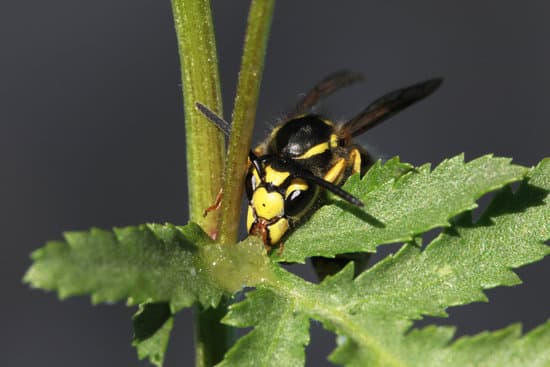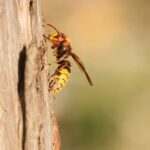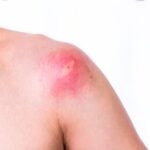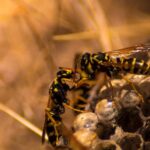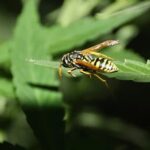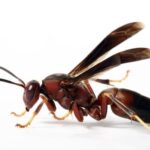How Do Wasp Stings Affect Dogs?
Whether your dog has been stung by a wasp or a bee, you can take some simple steps to help your pet recover. For example, an ice pack can relieve pain and swelling, and bathing in cold water can soothe an itchy sting.
If your dog is stung in the mouth, you should contact your veterinarian immediately. Stings in the mouth can cause trouble breathing and may cause a dog to collapse. A vet can give your dog intravenous fluids, oxygen, and corticosteroids.
A wasp sting on a dog can cause itching and redness, as well as swelling at the site of the sting. In some cases, a dog may also develop hives at the site of the sting. These hives can be itchy and may break out in unsightly streaks.
If your dog is stung on the paw, it may scratch at the affected area. Alternatively, it may lick the sting. Usually, a mild reaction to a bee or wasp sting will go away after a few hours.
A severe wasp sting on your dog may result in anaphylactic shock, which can be life-threatening. Signs of this complication include swelling of the mouth and throat, difficulty breathing, and collapse. A veterinarian can treat anaphylactic shock with oxygen, intravenous fluids, and epinephrine.
You can help prevent a wasp or bee sting from becoming anaphylactic by teaching your dog to come back to you. Alternatively, you can use tweezers to remove the stinger.
